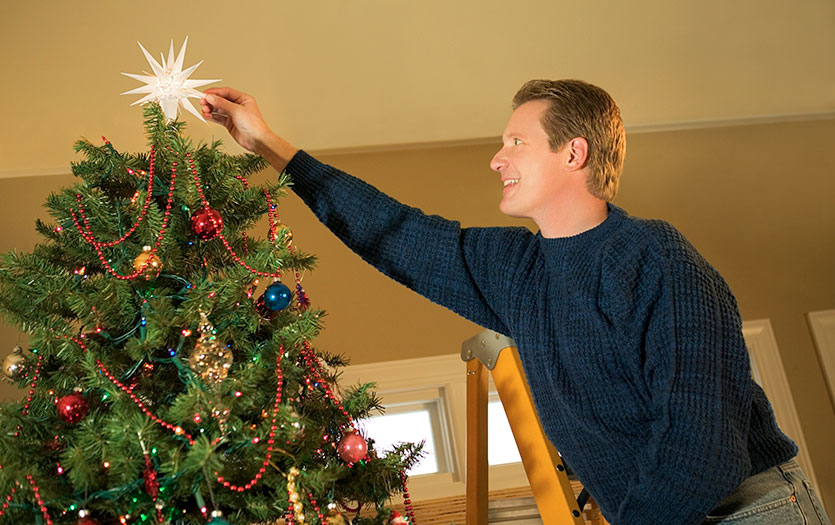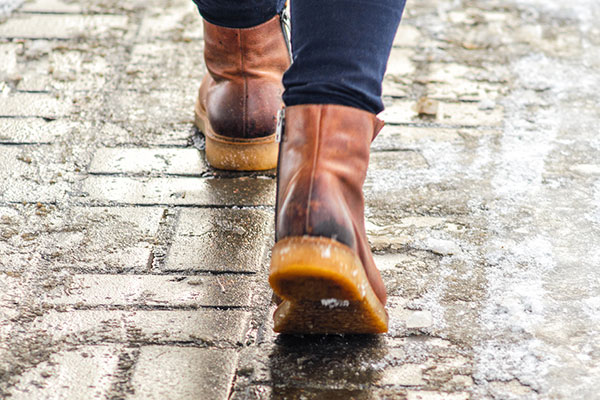
In an effort to equip parents and caregivers with a solid knowledge base and overall awareness, the Parkview Trauma and Acute Care Surgery Team offer up these essential safety tips to lessen the risk of fall for both young and old when in or outside the home.
Falls are among the most common injuries for both children and adults. According to the Centers for Disease Control and Prevention (CDC), falls are prevalent in elderly populations, with 3 million older adults being treated in emergency departments for fall-related injuries yearly. However, falls are also one of the leading causes of nonfatal unintentional injury and death among children in the U.S.
Fall prevention for adults
The first step in avoiding falls is being aware that your physical condition, footwear and the potential hazards in your surroundings can all be factors that contribute to falls. Here are some safety tips to help you address those possible issues so you, and the people you love, can avoid injury.
- Arrange a time to see the physician: Prepare a list of your medications for your physician to review. Medicines can cause dizziness or affect perception. If you've fallen before, explain the details of your fall to the physician, including when, where and what caused it. Also, be aware that certain eye and ear disorders create dizziness, which increases your risk of falling.
- Stay active: With your doctor’s approval, consider activities such as aquatics, walking or Tai Chi to build strength and balance. Try reducing your stress with Tai Chi exercises that involve calming movements. By avoiding physical activity that includes walking or exercising, you may increase your risk of an injury from a fall.
- Choose proper footwear: Have your feet measured every time you buy shoes because the size of your feet changes over time. Buy sturdy shoes with nonskid soles. Purchase lace-up shoes for walking instead of thick-soled shoes, slip-ons or flip-flops because they increase your risk of tripping.
- Avoid home hazards: Clear walkways in high-traffic areas and secure loose rugs with double-sided tape or slip-resistant backing. In the tub and shower, use a non-slip mat. Clean liquid spills immediately.
- Light up your home: Place nightlights in your bedroom, bathroom and hallways for better visibility. Place a lamp within reach of your bed for middle-of-the-night needs, and Keep flashlights in easy-to-find locations in case of a power outage or an emergency.
- Use assistive devices: Use handrails when walking up or down stairs. Install a raised toilet seat or add armrests for the toilet. Purchase grab bars and a chair for the shower or tub. Use a cane or walker if recommended by your doctor.
Fall prevention for children
Prevention is the first step in avoiding falls. From non-slip footwear to baby gates, here are some safe strategies and helpful tips for keeping your little ones safe when at home.
- Keep children away from windows; when opening them, do so from the top, then close them after each use.
- Install guards and stops on all windows to prevent children from pushing through or falling out.
- Protect your child's head.
- Secure children when seated.
- Help babies learn to stand and walk safely.
- Be mindful of stairs and utilize baby gates when necessary.
- Keep hallways and stairs well-lit and clear of clutter.
- Use anti-slip rugs around in high traffic areas.
- Properly mount and secure all appliances and furniture.



